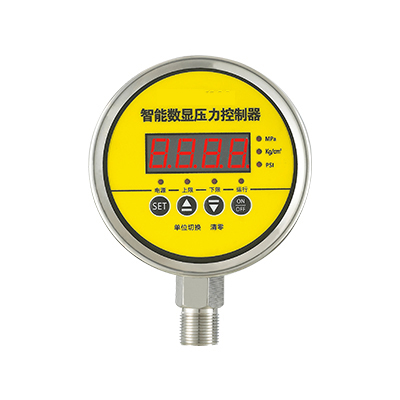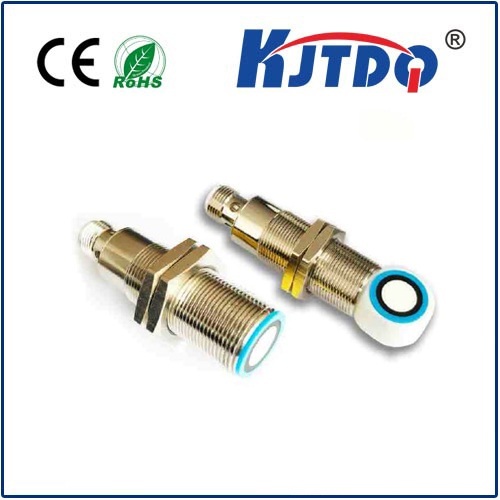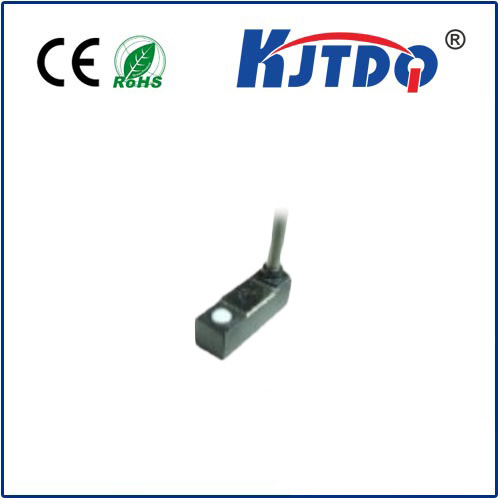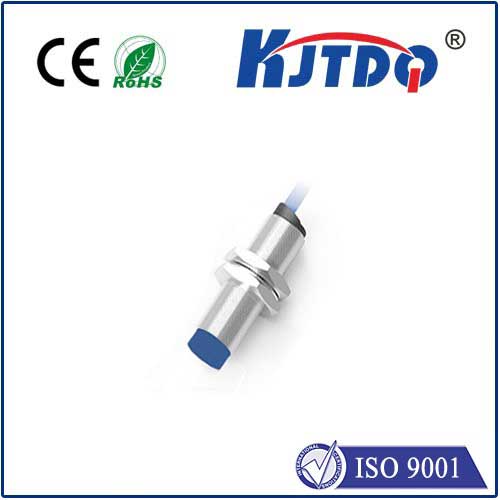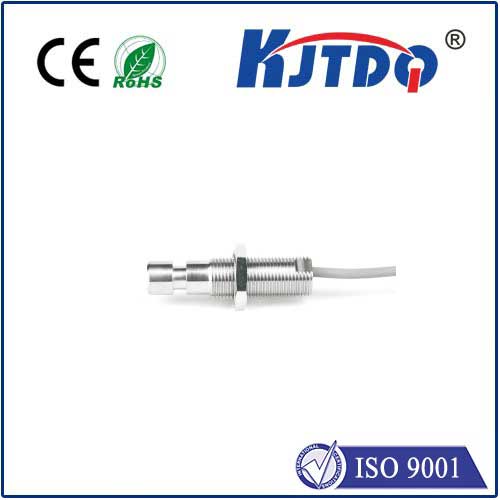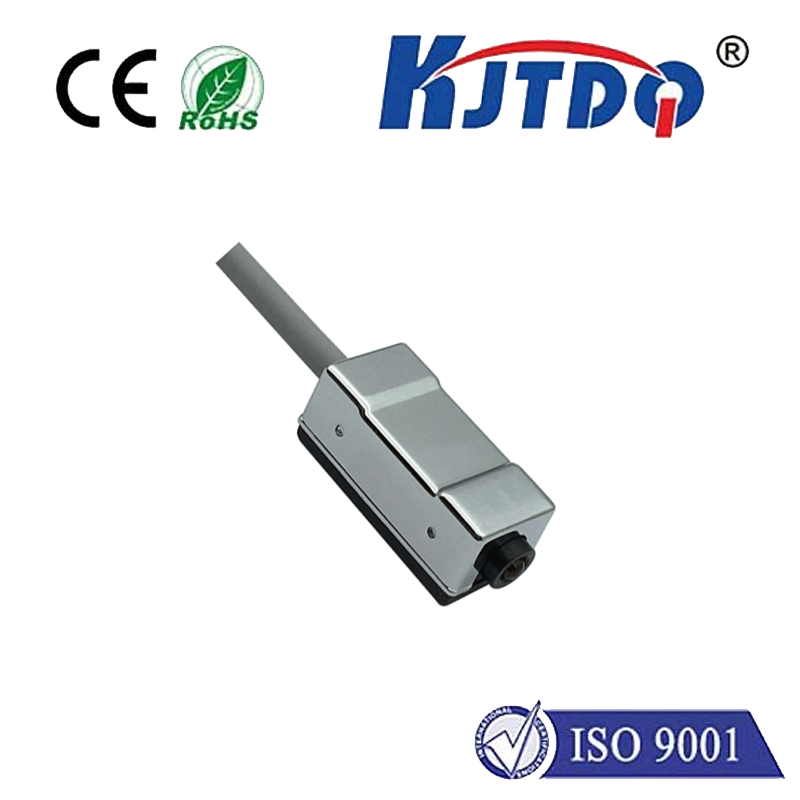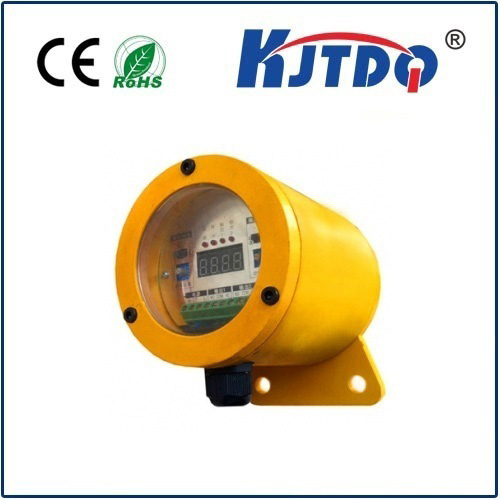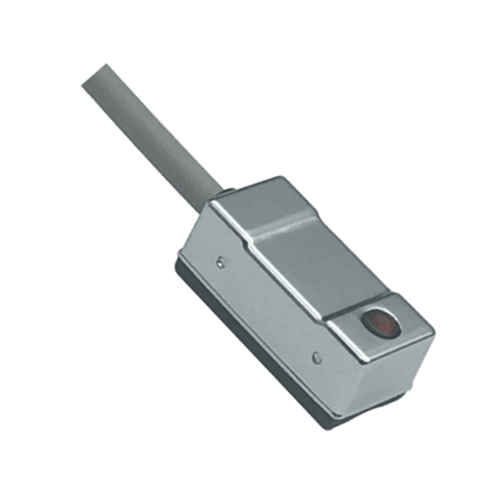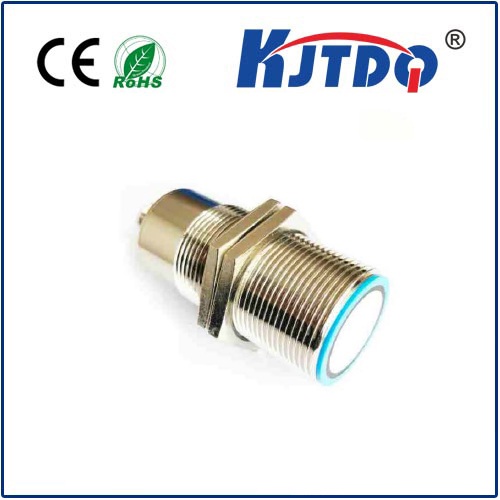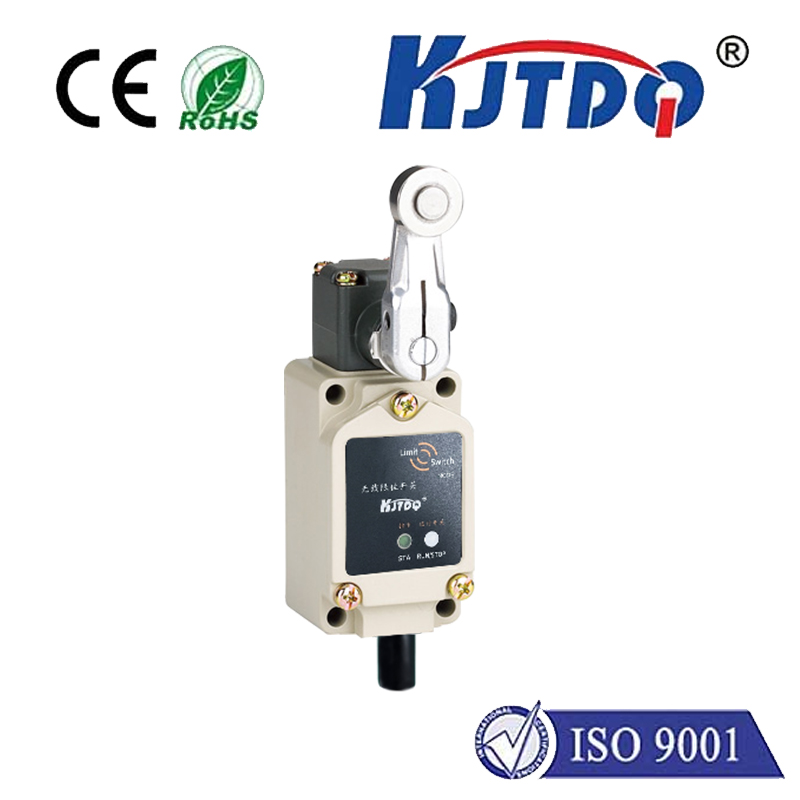

check

check

check

check

check

check

check

check

check

check
Title: Unlocking the Potential of VCSELs in Distance Sensors
The development of technology has brought about significant advancements in various fields, ranging from communication to healthcare. One such technology that has gained widespread attention is the use of Vertical Cavity Surface Emission Laser (VCSEL) as a sensor in distance measurement. VCSELs are ultra-compact and emit light in a vertical direction, making them ideal for applications that require high precision and accuracy in measuring distances. In this article, we will explore the potential of VCSELs in distance sensors and their applications in various industries.
Introduction to VCSEL Distance Sensors
A VCSEL distance sensor consists of a small, high-powered laser diode mounted on a microcontroller chip. The laser diode is designed to emit light in a vertical direction, which can be captured by an optical sensor or photodiode. The microcontroller then processes the data collected by the sensor and calculates the distance between the sensor and the target object.

The Benefits of Using VCSEL Distance Sensors
One of the main advantages of using VCSEL distance sensors is their high precision and accuracy. This makes them suitable for applications where precise measurements are necessary, such as in industrial automation, robotics, and medical devices. Additionally, VCSEL distance sensors are extremely compact and can be integrated into various devices without compromising their functionality.
Applications of VCSEL Distance Sensors in Various Industries
1. Industrial Automation: VCSEL distance sensors are widely used in industrial automation systems to detect the presence of objects and measure their distance. This technology helps improve efficiency and safety in manufacturing plants and仓库 operations. For example, in a logistics center, VCSEL sensors can be used to track the movement of goods and ensure that they are being handled properly.
2. Robotics: VCSEL distance sensors play a crucial role in robotics applications, particularly in tasks that require precise targeting and navigation. By incorporating advanced algorithms and machine learning techniques, robots can accurately sense their environment and make informed decisions based on the data collected by the VCSEL sensors.
3. Medical Devices: In the medical industry, VCSEL distance sensors have been utilized in surgical robots to perform precise procedures with minimal invasiveness. These sensors can be used to monitor vital signs, guide medical instruments, and assist surgeons during complex procedures.
4. Consumer Electronics: VCSEL distance sensors are also finding applications in consumer electronics such as smart home systems, virtual reality headsets, and augmented reality displays. These sensors enable devices to detect the distance between users and objects in real-time, providing a more immersive user experience.
Conclusion
In conclusion, the use of VCSEL distance sensors offers numerous benefits in terms of precision, accuracy, and compactness. As technology continues to advance, we can expect to see even more innovative applications for these devices across various industries. With their ability to accurately measure distances and enhance user experiences, VCSEL distance sensors are undoubtedly at the forefront of modern technology development.
